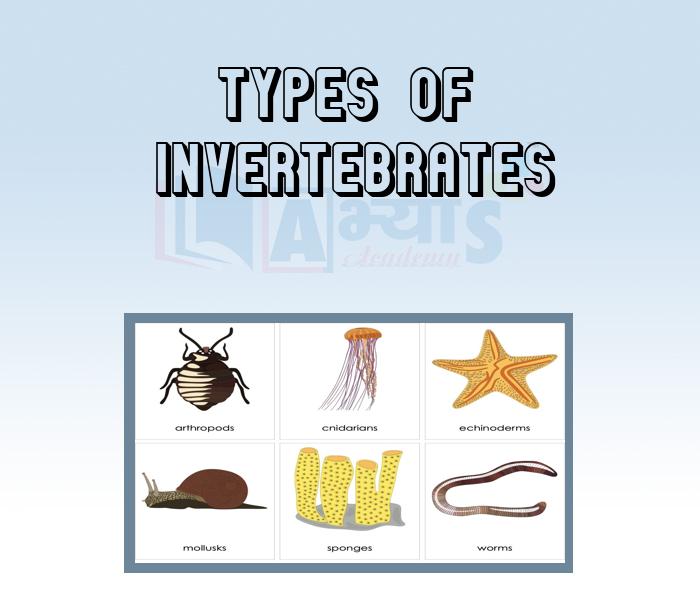Types Of Invertebrates










Types Of Invertebrates
Types Of Invertebrates: Zoologists classify invertebrates into about 30 major groups, known as phyla. These phyla vary enormously in the number of species they.contain. Arthropods are the invertebrate phylum with the most species-more than one million known species and countless more awaiting discovery. The molluses make up the second largest group of invertebrates, with at least 50,000 species. Among the simplest invertebrates are the sponges. Other major invertebrate phyla include the cnidarians, echinoderms, and several different groups of worms, including flatworms, roundworms, and annelids.
Insects dominate the arthropod phylum. Making up 90 percent of all arthropods, insects have a strong claim to be the most successful animals in the world. On land, they live in almost every habitat, aided by their small size and, for many, their ability to fly. They also live in fresh water, but remarkably, they have failed to colonise the sea. Some zoologists believe this is because crustaceans have already exploited this habitat to its fullest. Molluses make up the second largest group of invertebrates. Even by invertebrate standards, molluses are extremely varied. Molluscs include snails, clams, octopuses, and squid.
Students / Parents Reviews [10]
My experience was very good with Abhyas academy. I am studying here from 6th class and I am satisfied by its results in my life. I improved a lot here ahead of school syllabus.

Ayan Ghosh
8thIt was good as the experience because as we had come here we had been improved in a such envirnment created here.Extra is taught which is beneficial for future.

Eshan Arora
8thAbout Abhyas metholodology the teachers are very nice and hardworking toward students.The Centre Head Mrs Anu Sethi is also a brilliant teacher.Abhyas has taught me how to overcome problems and has always taken my doubts and suppoeted me.

Shreya Shrivastava
8thMy experience with Abhyas academy is very good. I did not think that my every subject coming here will be so strong. The main thing is that the online tests had made me learn here more things.

Hiya Gupta
8thIt has a great methodology. Students here can get analysis to their test quickly.We can learn easily through PPTs and the testing methods are good. We know that where we have to practice

Barkha Arora
10thBeing a parent, I saw my daughter improvement in her studies by seeing a good result in all day to day compititive exam TMO, NSO, IEO etc and as well as studies. I have got a fruitful result from my daughter.

Prisha Gupta
8thOne of the best institutes to develope a child interest in studies.Provides SST and English knowledge also unlike other institutes. Teachers are co operative and friendly online tests andPPT develope practical knowledge also.

Aman Kumar Shrivastava
10thIt was a good experience with Abhyas Academy. I even faced problems in starting but slowly and steadily overcomed. Especially reasoning classes helped me a lot.

Cheshta
10thMy experience with Abhyas is very good. I have learnt many things here like vedic maths and reasoning also. Teachers here first take our doubts and then there are assignments to verify our weak points.

Shivam Rana
7thA marvelous experience with Abhyas. I am glad to share that my ward has achieved more than enough at the Ambala ABHYAS centre. Years have passed on and more and more he has gained. May the centre flourish and develop day by day by the grace of God.
